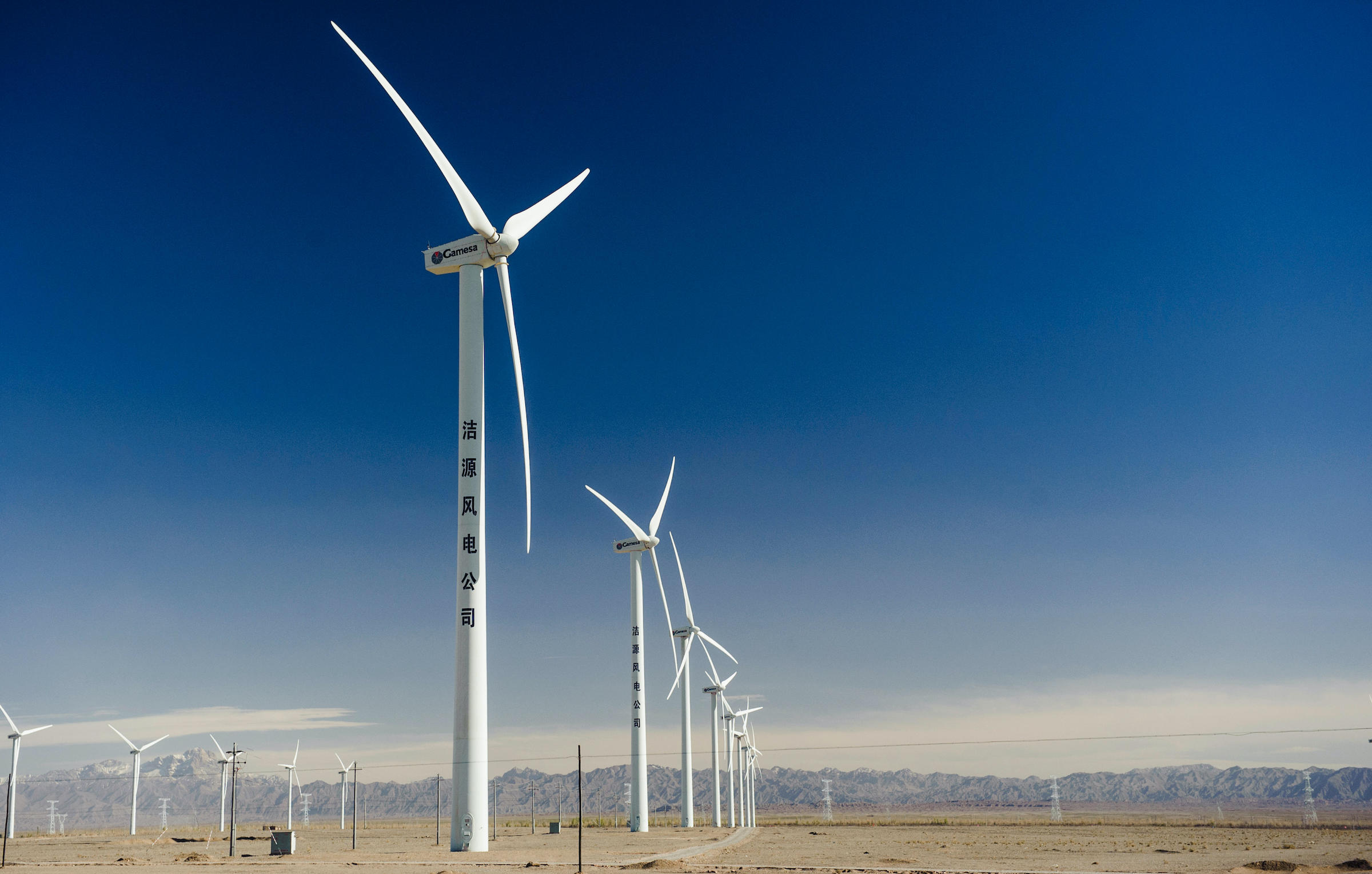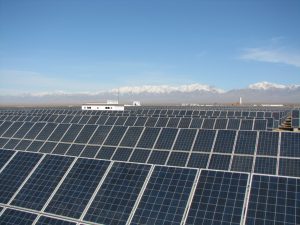The Five Year Plan (FYP) is China’s top-level policy blueprint and has been called “one of the most important documents on the planet” for global sustainability. Created every five years since 1953, the 14th is in development and will cover 2021–25. Like previous FYPs, it will plot the country’s path based on a set of developmental goals such as economic growth and agricultural production.
The 14th FYP will be critical to China’s energy transition and global efforts to tackle climate change. Here we summarise some of the key climate- and energy-related ideas being discussed in policy circles and the Chinese media.
Drafting the 14th Five Year Plan
The National Development and Reform Commission (NDRC) leads the development of the FYP, collecting a wide-range of inputs and coordinating with other ministries through a series of draft documents. The final plan will be approved by China’s top legislature in early 2021, after which sectoral and regional plans will be made based on its principles and targets. For example, the National Energy Administration (NEA) will draw up a 14th FYP for energy.
The drafting process can start as far back as two years before the plan is finally approved. Ministries began commissioning research internally and from research institutions as part of the “pre-analysis” phase this year. The results may feed into next year’s plan-drafting phase.
However, there are some differences in the drafting process for the 14th FYP. For climate observers, it’s significant that China’s climate department was moved from the NDRC to the Ministry of Ecology and Environment (MEE) as part of the government reshuffle last year. This means that China’s climate bureaucrats will see a later version of the draft plan than when the 13th FYP was drafted. This may limit their impact on the plan’s shape and direction.
Capping carbon emissions
The MEE recently commissioned a dozen research projects in preparation for the 14th FYP, one of which will investigate a carbon emissions cap. The study will look at how other countries set targets to limit total carbon emissions and how these targets break down at sectoral and regional levels. It will also suggest an approach to capping carbon emissions in China.
Research into a cap on carbon emissions is new territory for an FYP. In the 13th FYP, targets were set to control China’s total energy consumption at five billion tonnes of standard coal equivalent, and to further reduce the energy- and carbon-intensity of the economy. However, the energy consumption cap ignores the carbon-intensity of energy sources, even though these affect carbon emissions and could be chosen to reduce them.
2030
The year by which China has pledged to peak its carbon emissions
Internationally, China has pledged to peak carbon emissions by 2030 at the latest, but it has been reluctant to promise an absolute cap on emissions. China’s carbon emissions are still increasing, but many experts think the country has entered a plateau phase with only minor fluctuations thanks to slowing economic growth, the ongoing energy transition, and according to a recent report, rising incomes in cities.
Wang Yi, a member of the Standing Committee of the National People’s Congress and a key climate and sustainability advisor to the government, suggested replacing the energy consumption cap with a carbon emissions cap in the 14th FYP at this year’s National People’s Congress sessions.
“By doing so, we can effectively limit coal consumption without setting any constraints for the development of zero-carbon energy sources,” he said. “At the beginning, the target may not seem the most ambitious quantitatively, but it means the start of a new process to reduce carbon emissions in absolute terms.”
The role of coal
Climate observers will also be paying close attention to how much space the new plan gives for coal consumption and coal power development over the next five years.
The 14th FYP will provide an overall picture of targets for energy consumption and the share of non-fossil fuels in the energy mix. The NEA’s power sector plan, which will be finalised in late 2021, will provide specific targets for the installation of coal power capacity.
Under the NEA’s current FYP, China’s coal power capacity has been capped at 1,100 gigawatts (GW) by 2020. But utilisation rates of installed capacity are less than 50% because capacity expanded faster than demand. China’s electricity demand has started to tick upwards again in the past few years. In response, the China Electric Power Planning & Engineering Institute, a research body, recently called for a short-term expansion of capacity over the next three years. Similarly, in March the China Electricity Council suggested that coal-power capacity should expand to 1,300 GW by 2030.
A number of experts disagree. Former head of the NEA, Zhang Guobao, has stated that current excess capacity and the growth of renewables and nuclear will be adequate to meet rising demand. Meanwhile, Greenpeace’s coal analyst Lauri Myllyvirta has highlighted the climate risks associated with another round of coal power expansion.
Xie Kechang, a senior fellow at the Chinese Academy of Engineering, suggests that planners should set a target for coal’s proportion of the primary energy mix to be 55% by 2025, down from the current FYP’s target of 58% by the end of 2020. Last year, coal dipped under 60% of the primary energy mix for the first time.
Zeng Ming, director of the North China Power University’s Energy Interconnectivity Centre, sees limited space for coal power under the next FYP. Instead, he expects a lot of coal power plants to be retired.
China’s low-carbon transition
The NDRC will also set a target for the percentage of non-fossil fuels in the energy mix. The NEA will then break that down into specific capacity installation targets for each subsector. Xie Kechang notes that non-fossil energy generation will be the main focus of demand growth over the next FYP period, as the country expands capacity to meet its non-fossil target of 20% of the energy mix by 2030.
Much of that non-fossil generation will come from hydropower and nuclear, which has seen a revival over the last year. Wind and solar power also boomed over the 13th FYP period. In particular, installed solar capacity far outstripped targeted capacity of “at least 110 GW” to reach approximately 180 GW in 2018.
However, wind and solar expansion has slowed since the government started to cut subsidies last year, and to prioritise projects that can reach grid parity without financial support. The 14th Energy FYP will likely set a more realistic target for wind and solar capacity. It must also address the grid integration problems that led to high curtailment rates of wind and solar power over the last five year plan period.
Planning for the next five years is a long and complicated process. Few new ideas will survive every round of consultation and revision. Even if a carbon cap is included in the 14th FYP, compromises are likely so as to accommodate powerful vested interests. Debate on the 14th FYP will continue to warm up over the next year as more stakeholders voice their suggestions, helping to shape what will be a crucial policy document for global climate efforts.








